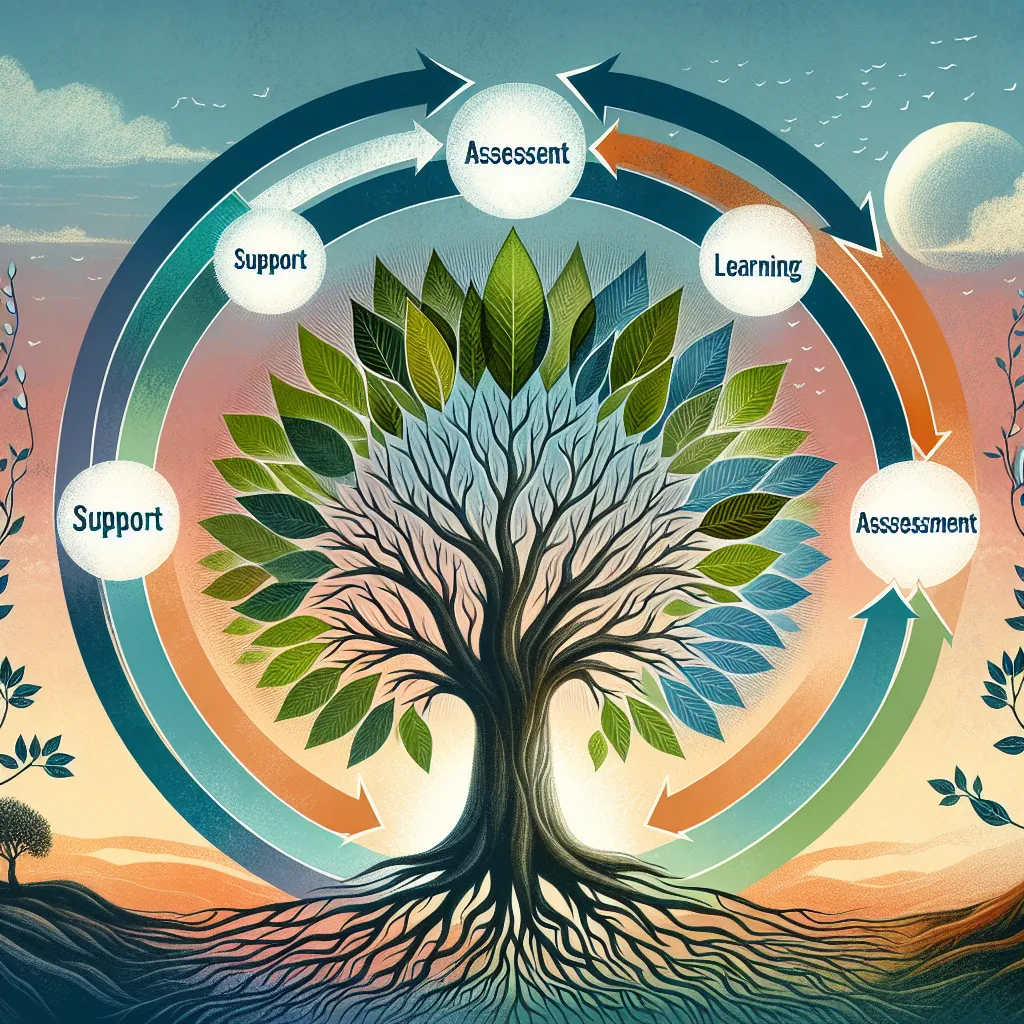Ask AI on The Internet
Question: Formative assessment Formative assessment is most often conceptualised as feedback given to learners during the daily classroom engagement or teaching event which serves to improve and deepen student learning by giving them feedback on their progress (Harlen and James, 1997: 2006). It also helps teachers to make decisions about the next learning milestone students could achieve (Bennett, 2011). It explicitly creates opportunities for learners to get more practice, engage more deeply and widen their learning so as to become more competent at a specific practice or way of knowing/being. However, there may be challenges with formative assessment because of the way learners and teachers sometimes perceive it. Although it is needed to foster deep learning, learners may not take it seriously or teachers may place less emphasis on it than on summative assessment. Learners may not be encouraged to be actively involved in the process of formative assessment as they are not always taught or encouraged to do so. Summative assessment Summative assessment is most commonly associated with evaluation and is used to certify the achievement of a certain level of education and to make judgemental educational decisions. At a very basic level, we could regard formative assessment as assessment for learning (AfL), and summative assessment as assessment of learning (AoL). While formative assessment serves the intrinsic needs of the educational process, summative assessment serves the extrinsic needs of the educational process (HEQC, 2004: 134). Learners often take summative assessment more seriously because they perceive it to have higher stakes. In this chapter, we focus on the learning-centred classroom and therefore spend more time looking at formative assessment. Johnston and Elton (2002: 14) propose that we assess a task twice: the first time to give feedback for improvement and the second time for judgemental purposes. Learners may then choose whether or not to take advantage of the feedback. While this suggestion has merit in the context of large classes and other resource constraints, it may presenta challenge to already overburdened teachers. Question 1: 1.1. Read the text above and explain the difference between formative and summative assessments
The text outlines the differences between formative and summative assessments as follows: ### Formative Assessment: 1. **Purpose**: The primary goal of formative assessment is to improve and deepen student learning. It aims to give learners feedback on their progress during daily classroom engagement or teaching events. 2. **Focus**: It centers on feedback that helps both students and teachers understand the next steps in the learning process. It explicitly creates opportunities for learners to practice more, engage deeply, and widen their learning to become more competent in a specific practice or way of knowing/being. 3. **Perception and Challenges**: Despite its importance for deep learning, formative assessment might not be taken seriously by learners or given as much emphasis by teachers compared to summative assessment. Learners are not always actively involved in the process of formative assessment as they often are not encouraged or taught to do so. ### Summative Assessment: 1. **Purpose**: The main purpose of summative assessment is evaluative. It is used to certify the achievement of a certain level of education and to make judgemental educational decisions. 2. **Focus**: Summative assessment is associated with a higher level of stakes for learners, thus they often take it more seriously. It is meant to certify learning, often in the form of exams or final projects, thus serving the extrinsic needs of the educational process. 3. **Evaluation**: Summative assessment is often conducted at the end of an instructional period to assess what learners have achieved overall. ### Key Differences: - **Function in Learning**: Formative assessment is 'assessment for learning' (AfL), providing ongoing feedback to improve learning during the process. Summative assessment is 'assessment of learning' (AoL), evaluating the learning outcome after an instruction period. - **Focus and Timing**: Formative assessment focuses on the process and is continuous. Summative assessment focuses on the product and is typically done at the end of a learning period. - **Learner Involvement**: Formative assessment actively involves learners in the feedback process, while summative assessment is more about judging their final performance. In essence, while formative assessment is integral to guiding and improving the learning journey, summative assessment is essential for evaluating and certifying what has been learned at the end of that journey.
Think your answer is better than the AI's? Post it below.
Other Most Relevant Posts:
Question Tags
If you want your question answered by an AI, click here.







Post your own comment: